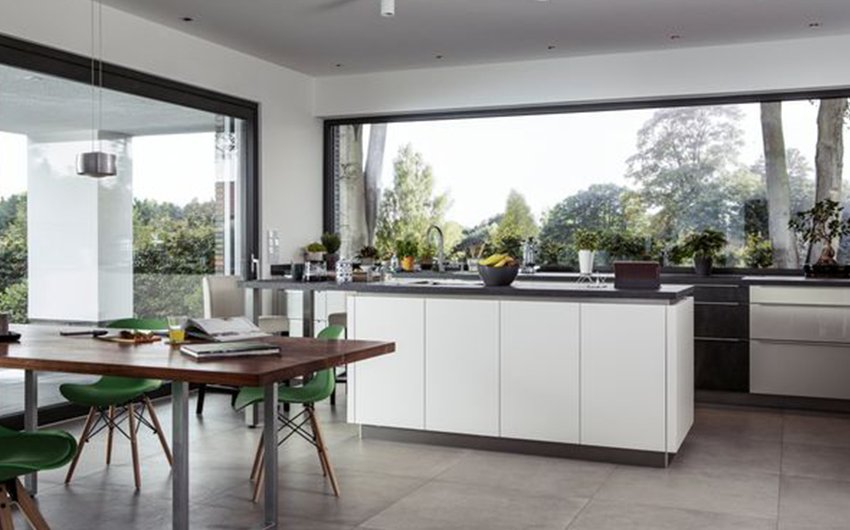When it comes to choosing the perfect window system for your home or commercial property, aluminium windows have become a top choice for architects, builders, and homeowners alike. Their sleek aesthetics, exceptional durability, and energy efficiency make them ideal for modern living. In this article, we’ll explore the types of aluminium windows, their features, benefits, and why OKNA Aluminium Windows are a reliable and stylish option for every space.
1. Sliding Aluminium Windows
Features:
- Horizontally sliding sash panels
- Slim frames with wide glass panels
- Available in two-track or multi-track configurations
Benefits:
- Saves space, ideal for compact areas
- Easy to operate with smooth glide
- Maximizes natural light and ventilation
Why Choose OKNA:
OKNA Aluminium Sliding Windows offer enhanced thermal insulation and high-quality rollers for effortless operation, perfect for both residential and commercial applications.
2. Casement Aluminium Windows
Features:
- Hinged on the side, open outward or inward
- Single or double sash options
- Sealed design for better energy performance
Benefits:
- Excellent air ventilation
- Superior water and wind resistance
- Secure locking systems for added safety
Why Choose OKNA:
OKNA Casement Aluminium Windows combine elegance with engineering. Their sleek design ensures minimal frame visibility and maximum strength for long-term use.
3. Tilt and Turn Aluminium Windows
Features:
- Dual-function opening: tilt from the top or swing open from the side
- Multi-point locking mechanism
- European-style aesthetics
Benefits:
- Versatile ventilation control
- Easy to clean and maintain
- Enhanced safety for families with children
Why Choose OKNA:
OKNA Tilt and Turn Aluminium Windows are ideal for modern homes that value functionality, safety, and superior design flexibility in one system.
4. Fixed Aluminium Windows
Features:
- Non-opening window design
- Customizable in various shapes and sizes
- Clean, minimalist look
Benefits:
- Uninterrupted views and maximum natural light
- Zero maintenance moving parts
- Ideal for creating visual focal points
Why Choose OKNA:
With ultra-slim sightlines, OKNA Fixed Aluminium Windows are perfect for creating panoramic designs and energy-efficient facades.
5. Top-Hung & Bottom-Hung Aluminium Windows
Features:
- Hinged from top or bottom
- Opens outward (top-hung) or inward (bottom-hung)
- Compact yet functional design
Benefits:
- Weatherproof ventilation
- Discreet and stylish
- Suitable for high-rise buildings and bathrooms
Why Choose OKNA:
OKNA Aluminium Windows in these configurations offer added flexibility for narrow walls or high-level openings with easy-to-use mechanisms.
Why Aluminium Windows?
Choosing aluminium for window frames brings a host of long-term benefits, especially when installed with premium systems like OKNA Aluminium Windows.
Key Benefits:
- Durability: Resistant to corrosion, warping, and rust
- Aesthetic Flexibility: Supports a wide range of designs and colors
- Low Maintenance: No painting or polishing required
- Thermal & Acoustic Insulation: Compatible with double or triple glazing
- Eco-Friendly: 100% recyclable material
- Security: Robust and tamper-resistant locking systems
Conclusion
Understanding the types of aluminium windows and their features helps you make an informed decision for your home or project. Whether you prefer the modern simplicity of sliding windows or the versatility of tilt-and-turn options, aluminium delivers unmatched style and performance.
With OKNA Aluminium Windows, you’re not just investing in a product — you’re investing in a lifetime of durability, elegance, and efficiency. Explore our complete range of aluminium window solutions and elevate the way your space looks, feels, and functions.


















